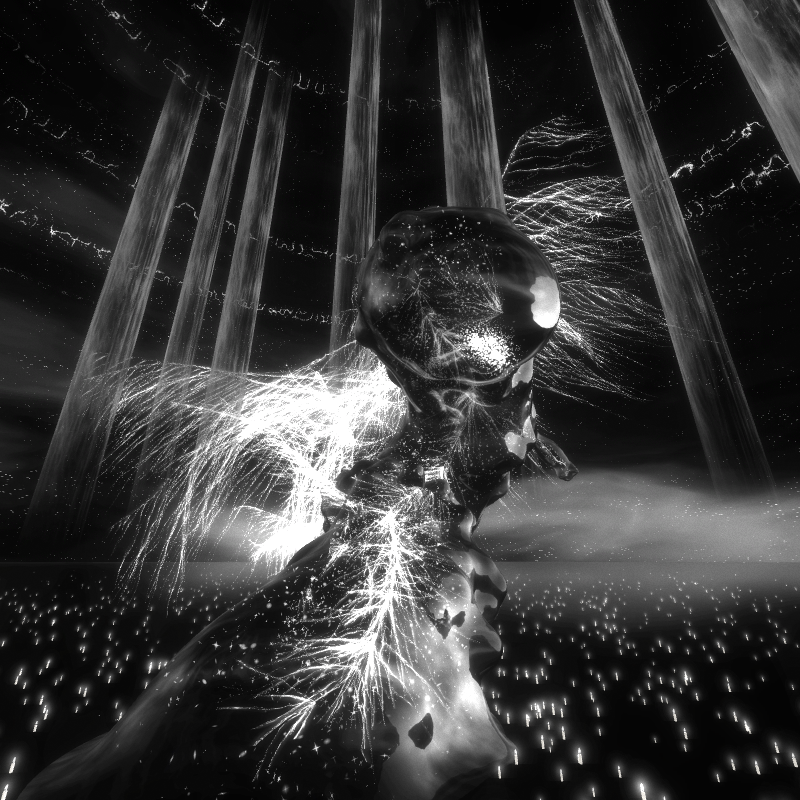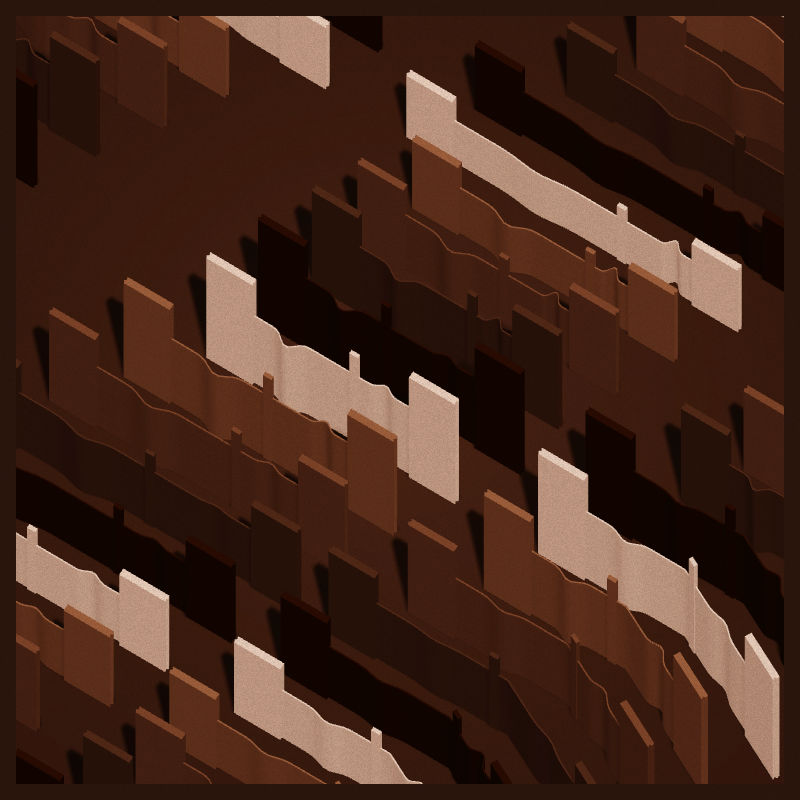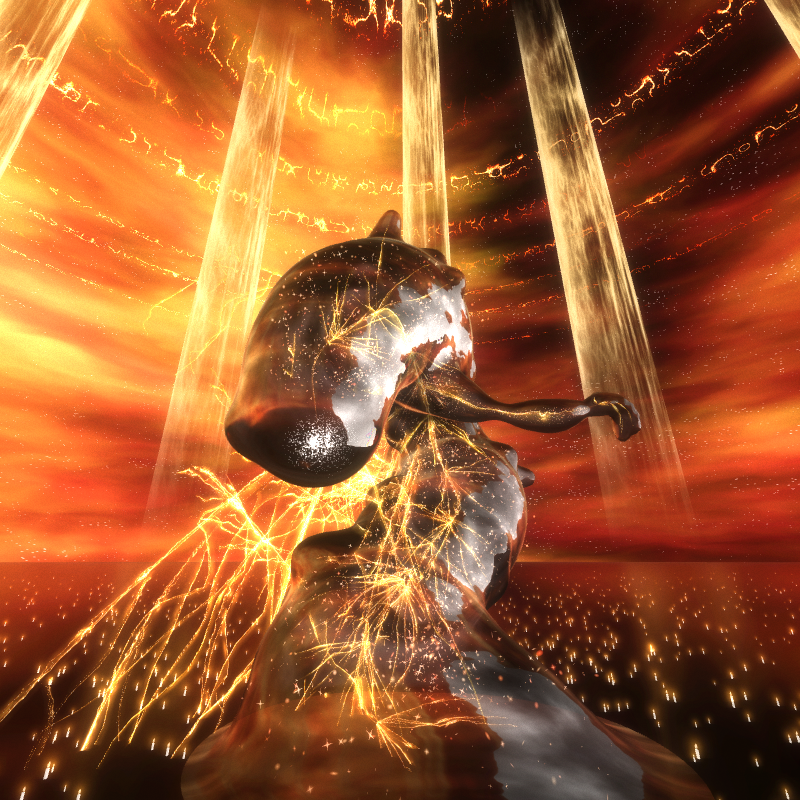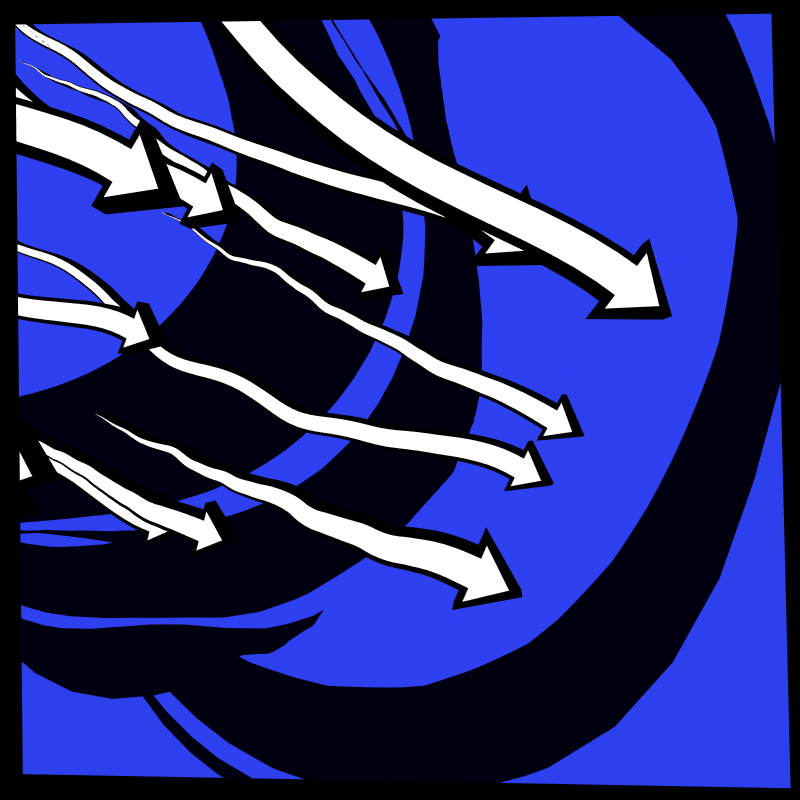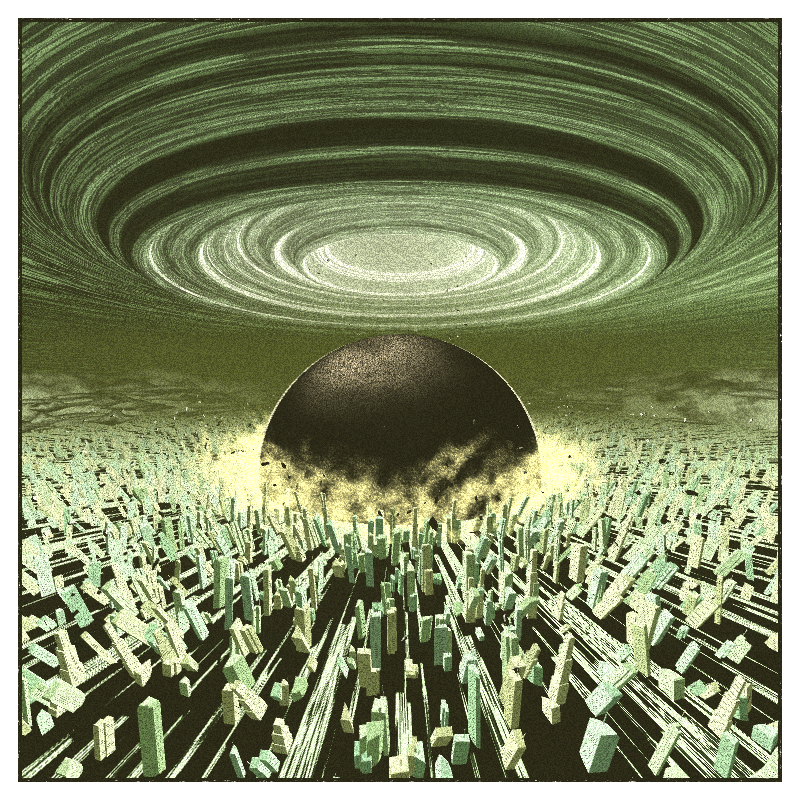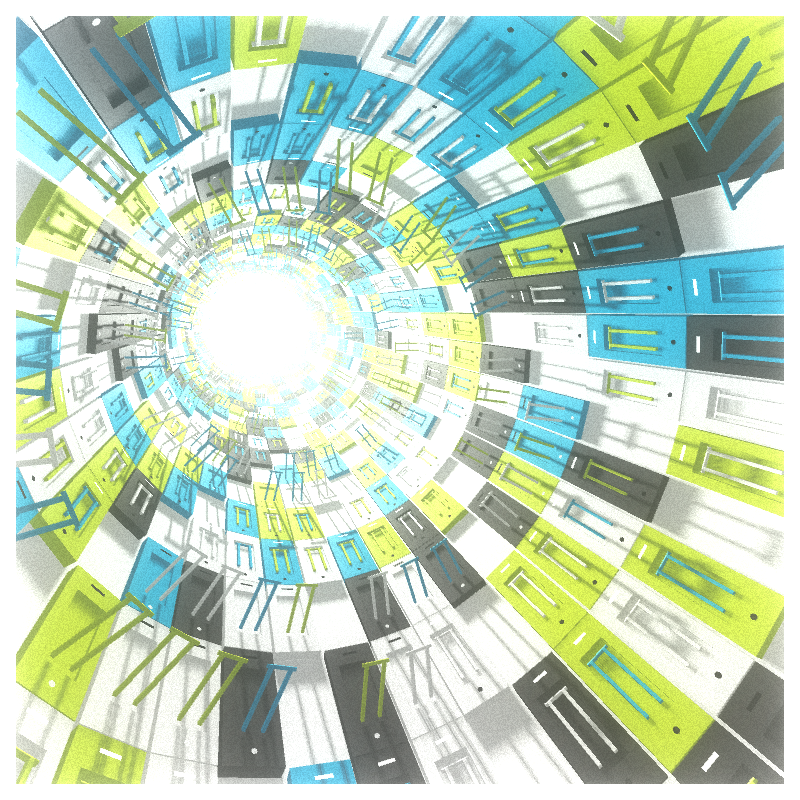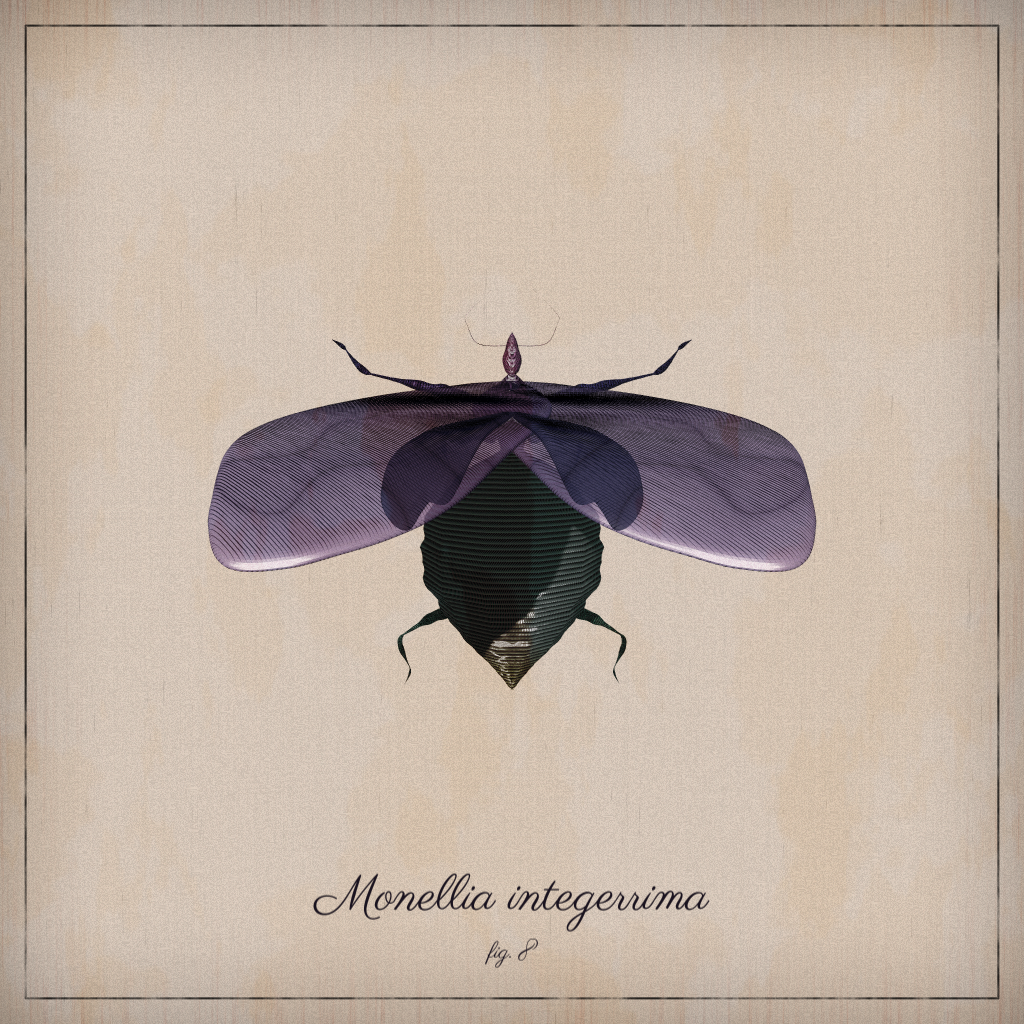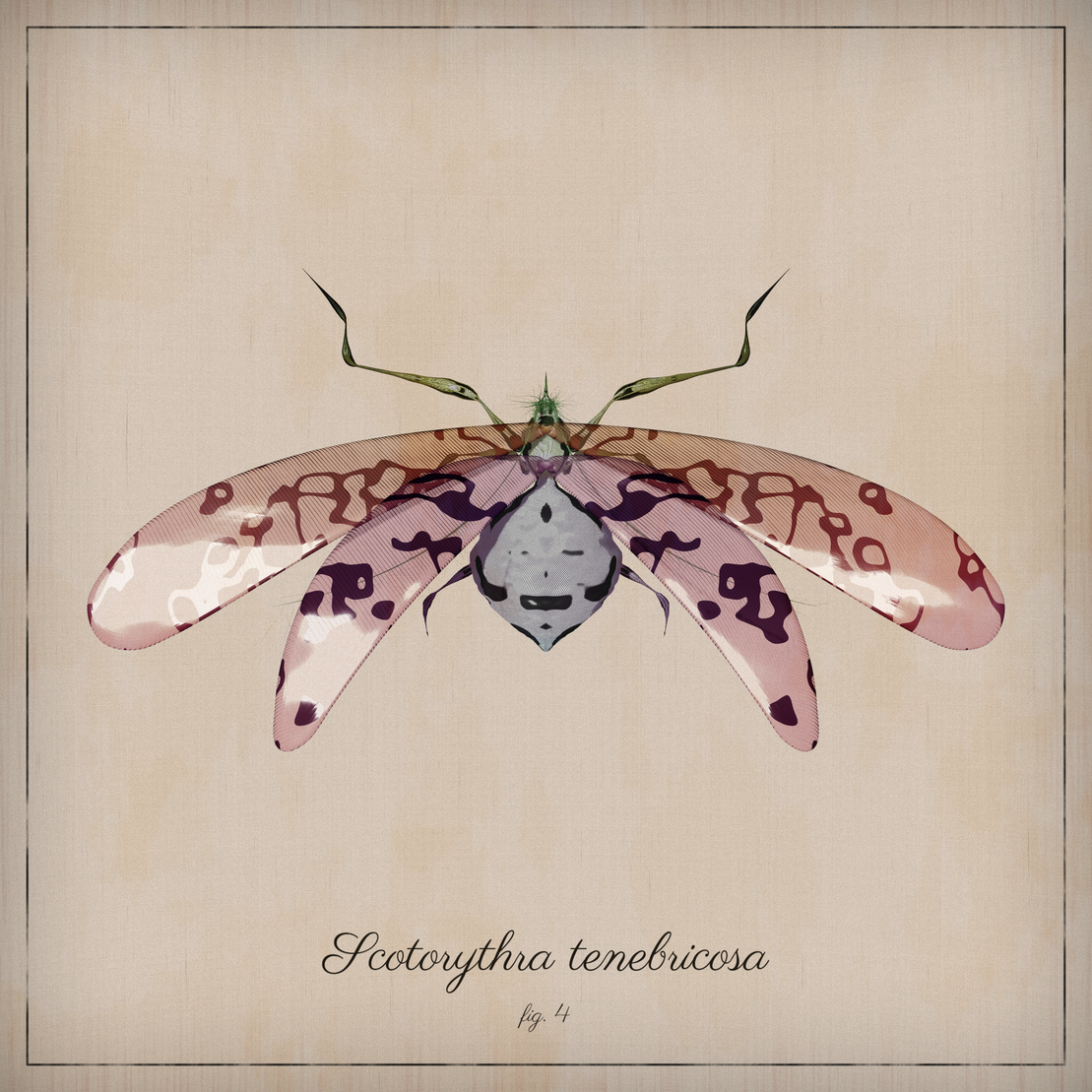
Christophe “Ulu” Choffel Interview
written by gather
Who are you?
Hi, I’m Christophe, or Ulu depending on who you ask. I come from the deep rural center of France, but I’ve been living in Paris for 22 years now. For most of my adult life, I’ve worked as a UI/UX programmer, working with graphic artists, coloring pixels on a screen and making them move. I’ve worked on websites, video games, mobile applications, physical installations, VR/AR, live events and probably other stuff I’m forgetting, but usually trying to push the envelope on interactivity or at least trying to bring something new and different to the table.
Outside of work my main hobbies are games and hanging out with friends on a café terrasse with good food and drinks, talking endlessly about everything and nothing.
project name project name project name
When did you start making art?
As a child, there was always plenty of arts & crafts furniture in the house. My brother was the one that got the “artist” tag though, while I got the “science” one.
Still, I’ve always drawn and sketched, my tool of choice being usually a simple black BIC pen. Like many teenagers, my notebooks margins were filled with illustrations, many inspired by fantasy readings (I read a lot of “choose your own adventure” type books), but also I suppose a healthy share of well-endowed women and dongs.
I also learned to play the piano, which I really started to enjoy once in my teenage years, and taught myself how to play the guitar when I left my parents house.
I did very little programming while I was a child, but computers were already a creative tool : I remember getting my hands on a pirated copy of 3D Studio 2.5 and learning the basics of 3D modeling when I was 12. I also created a few DOOM maps in my time, and was fascinated by a software called 3D Construction Kit, which was a tool to create simple 3D worlds, with some light animation and scripting capabilities.
project name project name project name
When did you start making generative art?
I’ve been using generative algorithms as any indie game developer, to create a lot of content at low cost, or reduce resources usage. So usually as part of a larger design process. There has to be somewhere in the sum of my work things that could be considered generative art, but it’s hard to pinpoint what as it would be just a part of something larger.
As for projects where art is the endpoint, I’d say I started this year.
How did you hear about FxHash?
Last December, I was having lunch with a friend and he told me I should look into the whole NFT thing, and that in his coworking space there were some guys that had some success, and that I should come visit and maybe ask a few questions. Me, being self-employed these days, and frankly sucking at it, said “sure”. At the very least I could come and say hi to the people I knew there.
So I arrived at the office, and was quickly introduced to Dorian Lodz and William Mapan, nice guys who told me about FxHash and a few other platforms (had to make William repeat HicEtNunc a few times, it really doesn’t roll off the tongue). I asked a few questions and the concept of FxHash appeared to be quite in line with how I imagined it could work. At the bare minimum, I could brush-up my JavaScript skills. And so, I embarked on my journey to uncover the mysteries of web3 and all that quite obscure stuff.
project name project name project name
What is your creative process like?
It usually starts late at night or very early in the morning, when my brain is soft and receptive. Sometimes in actual dreams. I get a vision, an image, a concept, often inspired by pop culture. Then I sort it among all the other concepts I’m interested in, or sometimes I get to prototyping immediately if I feel I can do it fast enough. I really like when it includes some technical aspects that I only have a vague idea about how I could implement them. Then, I evaluate my prototype, try to define the scope of the project in terms of development time and complexity. Many ideas don’t make it past that step, in part because I’m focusing these days on “shorter” projects because I’m still evaluating the viability of being a generative artist, but also often because my ideas just don’t work.
This year, I also made a point to post regularly on Tweeter and show what I’m working on. I get some feedback that way, and although it’s very hard to gauge, it sometimes influences my decisions.
“ProcGen Entomology” was your gorgeous genesis work featuring “Realtime 3D in-browser procedural generation of insect-like models, with a look reminiscent of vintage entomology illustrations.” How did you come up with the idea for this work?
The subject matter has nearly infinite diversity and is familiar to every human being. It was the evolution of a prototype that was more monster-like. The universality of it made sense to me for my first foray into the platform. I wrote a lot more in the accompanying article that you can read here.
project name project name project name
What was a challenge you faced while developing “ProcGen Entomology”?
There were some technical challenges, but the main one was the release itself, deciding on the number of editions, pricing, and timing. I still struggle with those questions, but I was extremely stressed about it for this one: who are the people buying stuff on the platform? For what reason? I try to read the discord channel, half of what’s said there goes over my head or I simply don’t understand because I don’t know the lingo (I’m learning). So I try to rationalize, telling myself “Okay, 2 tz is a baguette, seems an OK price”, and then all I can do is focus on the work, and coming from a place of honesty and sincerity.
“Takashi’s Death” is a detailed generative take on beautiful destruction. How did you know when this work was finished and ready to be minted?
“Over the Air” was inspired by the distortions of a digital antenna on a television; at least, this is how it started. When my house was slowing becoming livable, I was using an antenna with my tv to pick up stations, but, due to my lack of proximity to the originating signals, the reception was often poor and produced plenty of these distortions. I had recognized them before and always liked the idea of making some art from them, but seeing them more regularly got me interested in finding a way to incorporate them into a project.
project name project name project name
That was easy because from the beginning I decided the scope of the project was 2 weeks maximum. Here, Twitter helped a lot because I had some good reaction from the very first prototype I showed, undoubtedly because of the strong meme (which I’m still a bit ambivalent about).
The concept of the project was very clear from the start, there were no major technical challenges, people seemed on board. All in all I was extremely happy with how it turned out, and the reception was fantastic.
“Neural Collapse” is a colorful and lively work based on the brain. How did this work come to be and what was the process for creating it?
The pretty patterns? I wouldn’t say I’m fascinated by repetition, or maybe in a more general sense: each project is itself an exercise in taking a concept and declining it in with the goal to have, once minting is over, a good sample of the N-dimensional exploration space. I tend to go for a large number of editions and I think so far I’m good on the coherence/diversity of each of my releases. That balancing exercise is very interesting, and when I mint projects from other artists, I try to always take the time to evaluate that factor in my minting decision.
project name project name project name
Breakers was a very short project (2 days) because I just wanted to say thank you in a concrete manner. Also, doing a free project is liberating and good for morale.
What plans do you have moving forward?
Next project is going back to the insects in some ways, with generative creatures and tubes, although in a completely different manner. Then after that I’m thinking maybe a 2D project where I can focus more on composition. All in all I’m excited for the future which is something I couldn’t have imagined last year. I feel grateful and lucky after a pretty long streak of bad luck and failure.
So while I’ve definitely not made it “to the moon” yet, I’ll keep on trucking in that space for at least a while longer and try to contribute to the ecosystem, supporting other artists when I can.
project name project name project name
Is there anyone you would like to shoutout?
Shoutout to the people in the previously mentioned coworking space, especially @axelCorjon & @fumanchu12, and while they don’t work there anymore, to @LodsDorian & @williamapan for their advice.
Shoutout to my followers who like and retweet my stuff, some since the insects, because twitter is a wild beast to tame and I need all the help I can get : @LeonardoDeNFTs, @emptyoceanTez, @ArthurKLektre, and many others.
Same for the artists on the platform : @lammetje_nl, @_monotau, @_nekropunk, @shaderism, @StudioYorktown, @todemashi, and many others.
Anything else?
Thanks for the opportunity to express myself.
Note for collectors:
Five random collectors of this ARTKL will be selected to win the latest mint by Christophe "It came from the stars".
